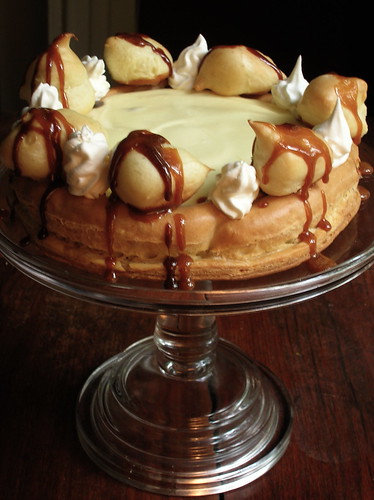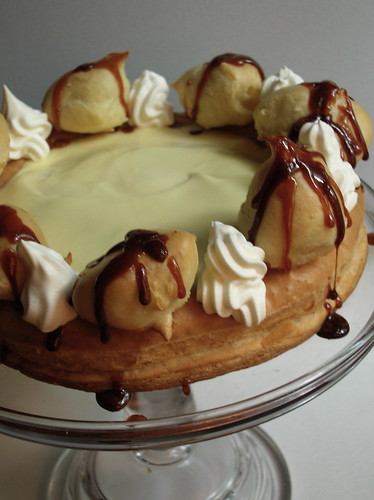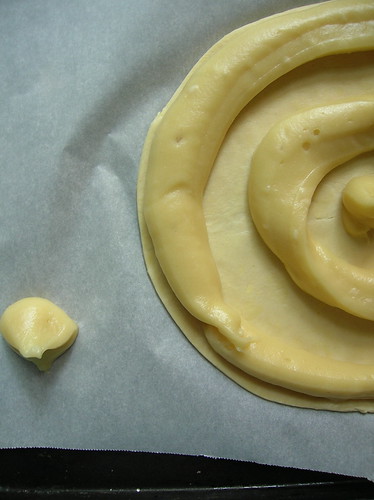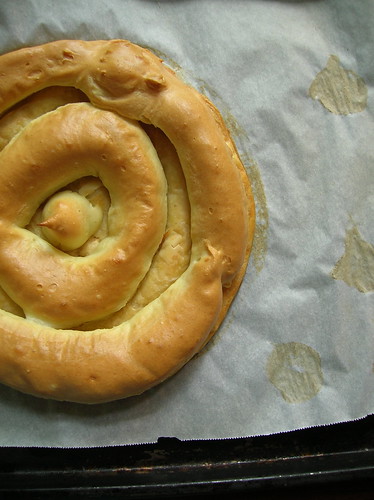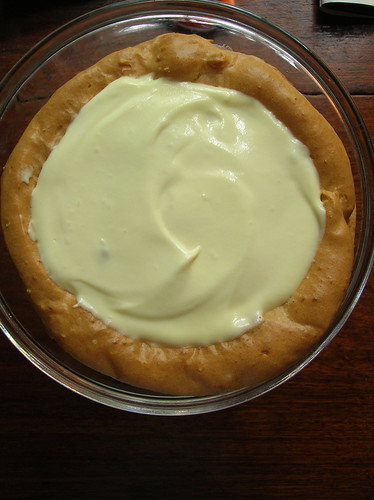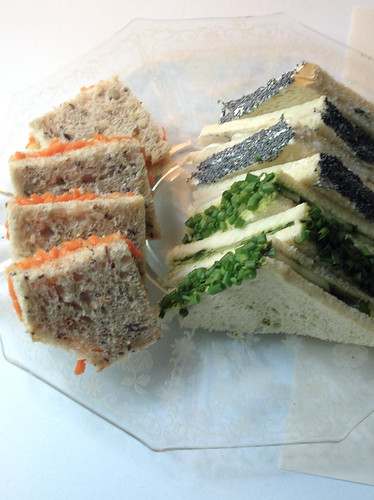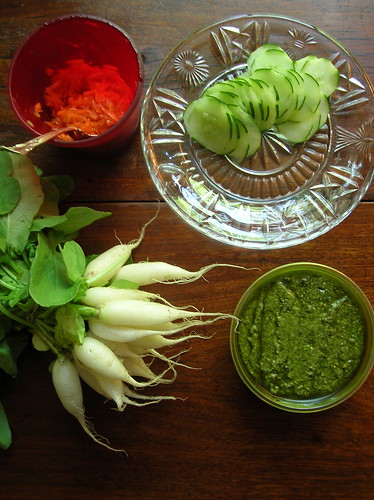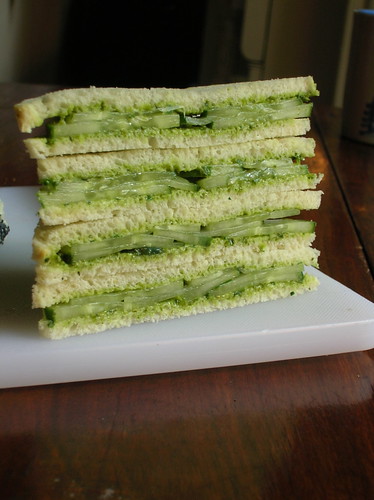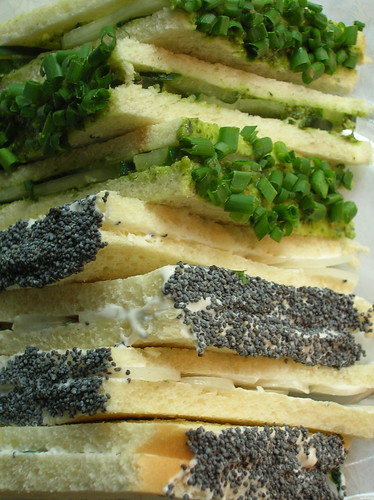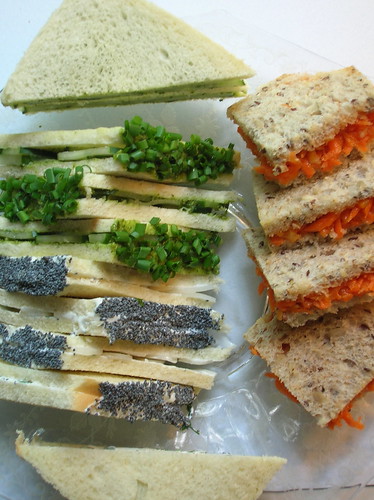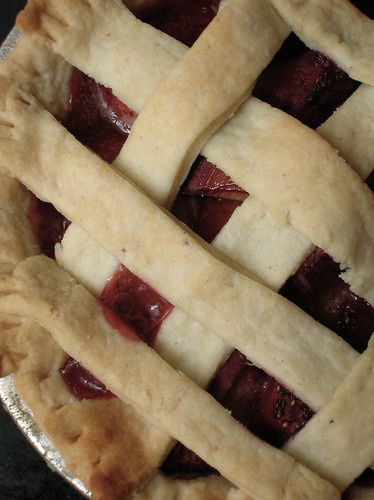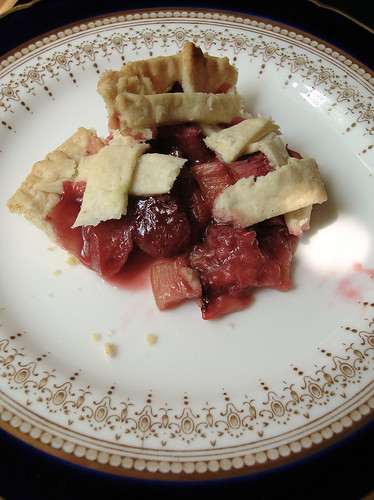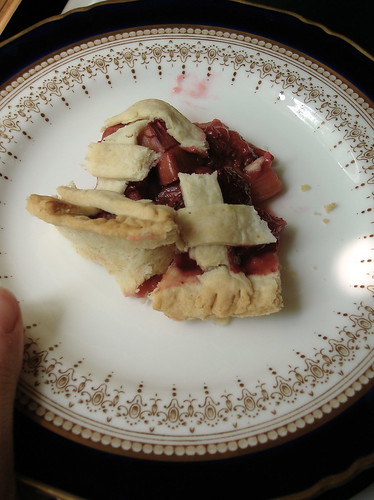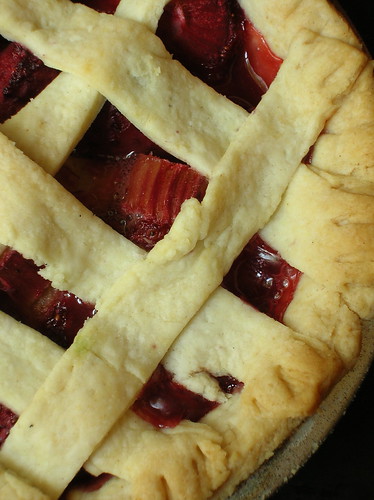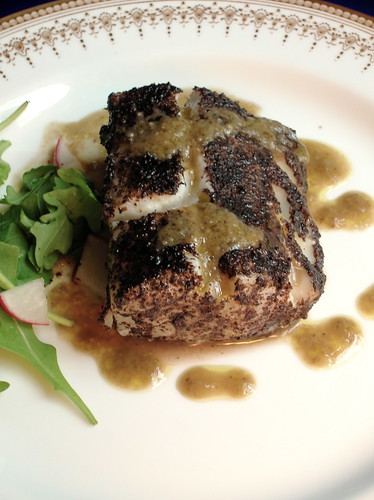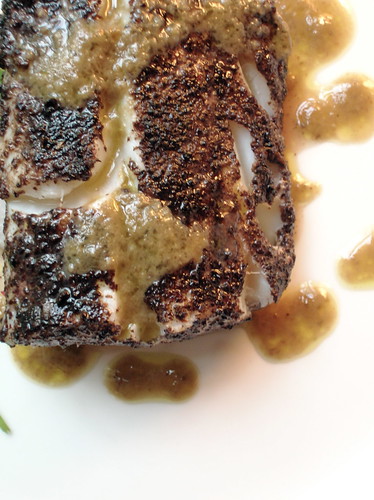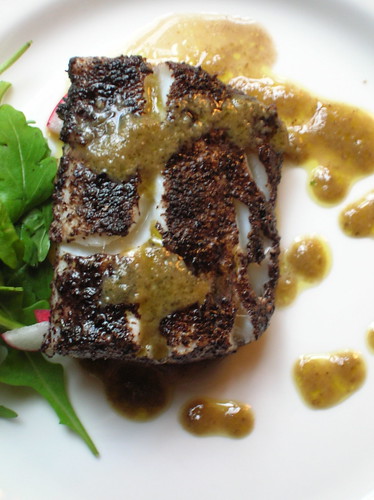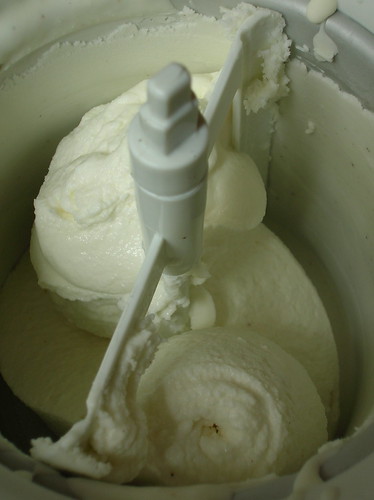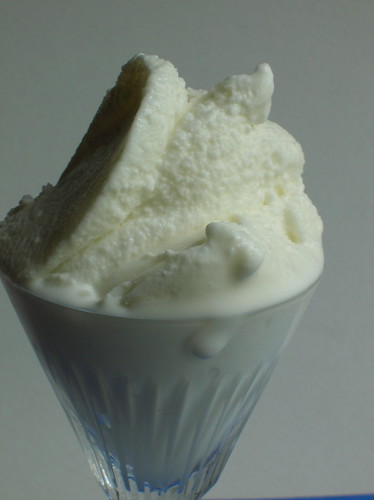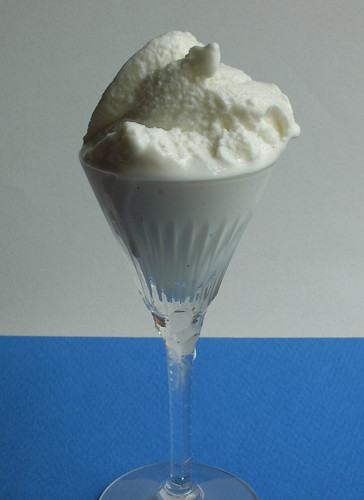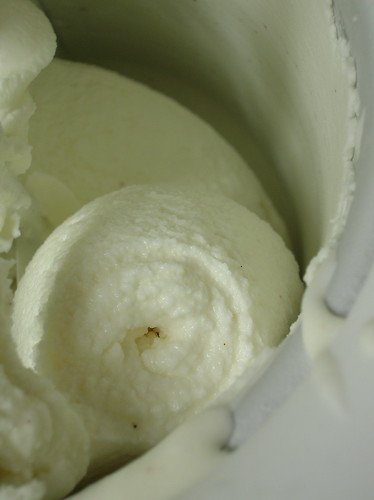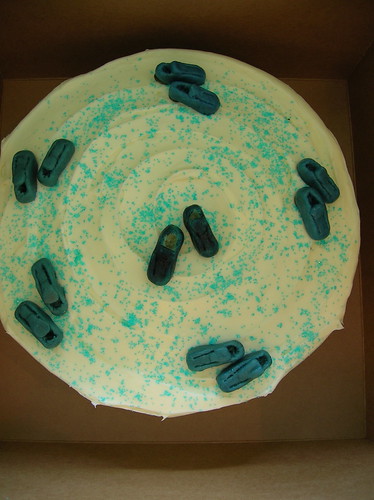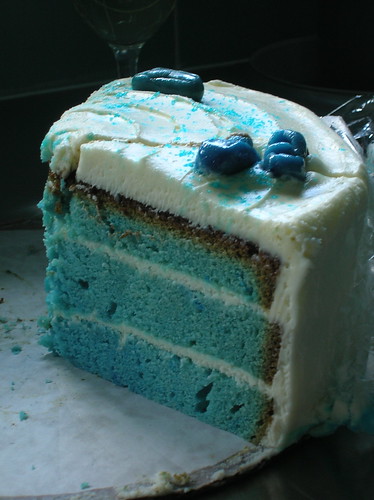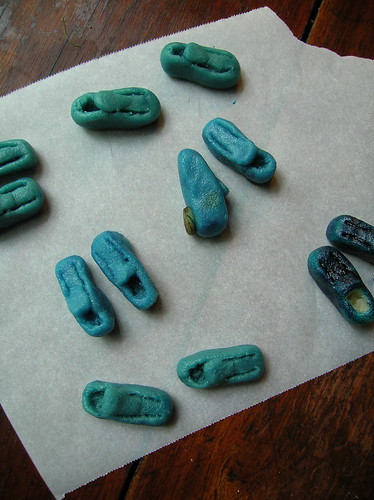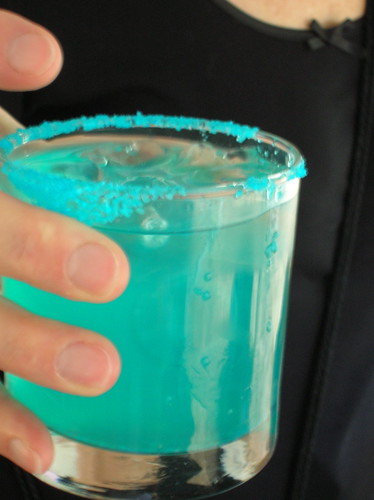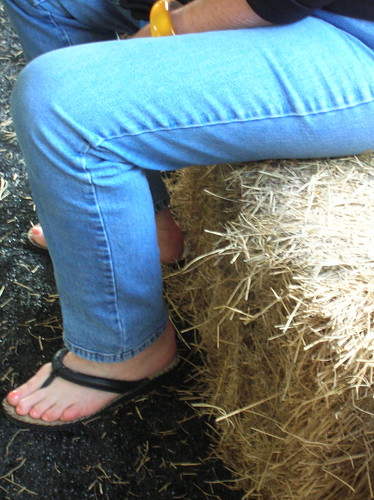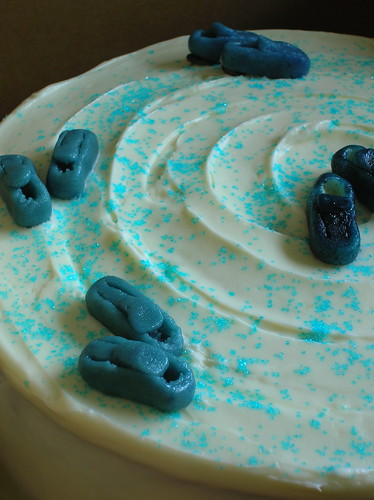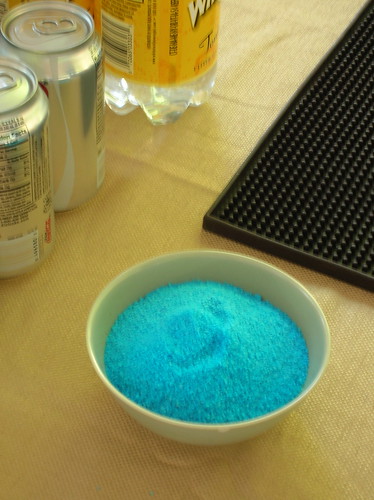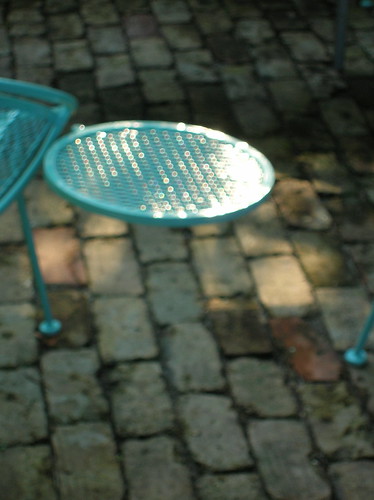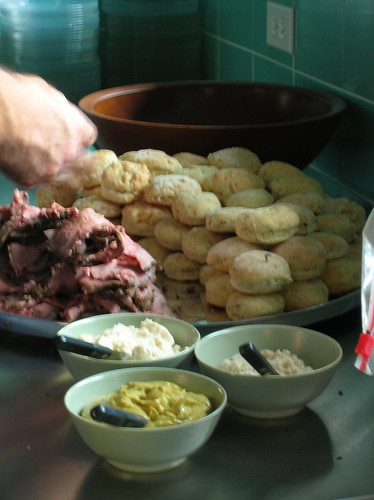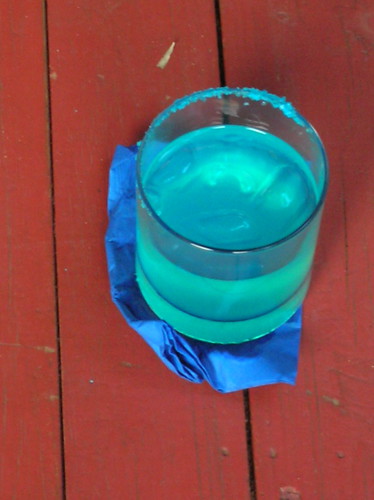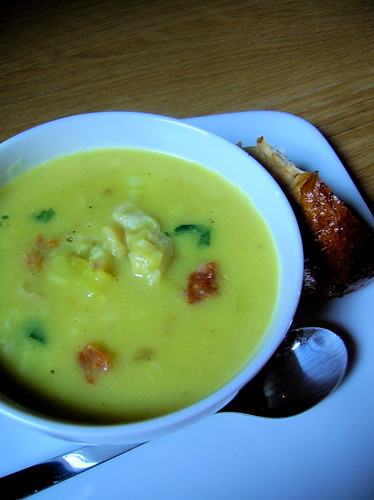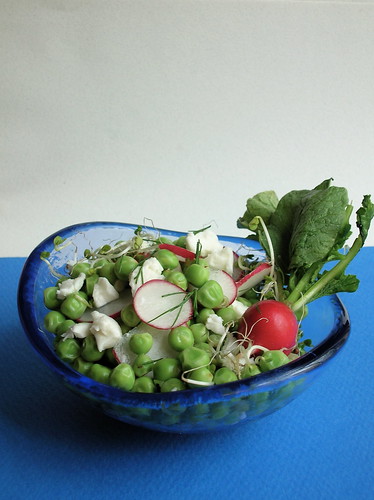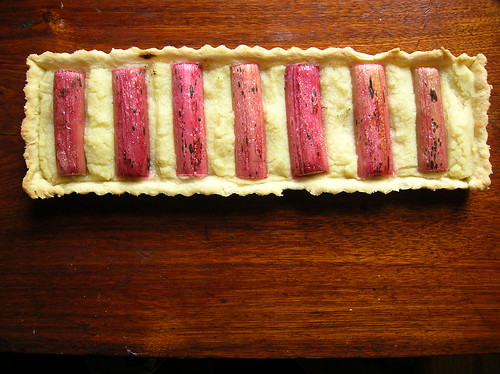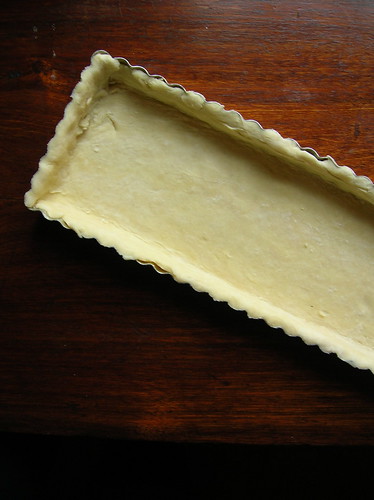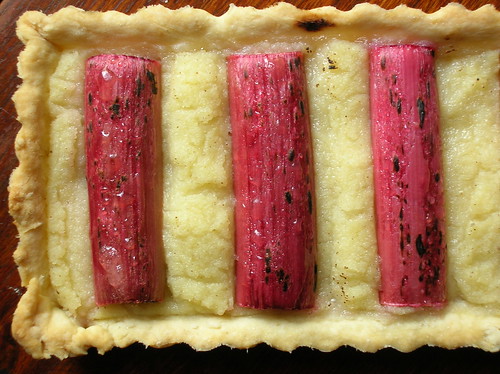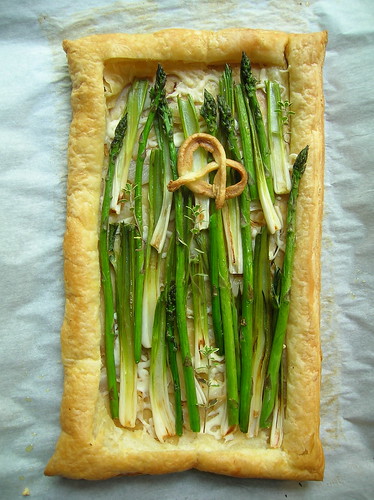
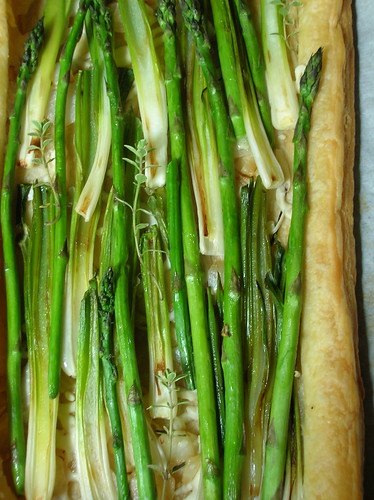
Asparagus and Spring Onion Tart
Growing up, the prevailing wisdom was that the best asparagus was defined by uniformly thin stalks. I was taught to pick the skinny bunch from an early age; we avoided the larger asparagus for fear they could be tough or (worse) mushy. Then, somewhere along the way, we wised up and realized fat asparagus could be good too. I particularly like to peel the bottom half of fat asparagus stalks, making them velvety smooth and thus increasing your asparagus pleasure (like in this recipe).
 This year, the asparagus crop has been particularly delectable, I think the long cool spring has something to do with it. The wonderful man at the market has fat and thin varieties, and I've been buying both and alternating them, unable decide which I like better, they're both so good. This past weekend, we stopped on the way home from the beach and picked up some locally grown asparagus, and while it was delicious, it can't compare to my market man. Most of the time, we enjoy our asparagus simply boiled or roasted, but faced with produce this good, I wanted to show it off a bit. You know, put it in a fancy dress and send it down the runway.
This year, the asparagus crop has been particularly delectable, I think the long cool spring has something to do with it. The wonderful man at the market has fat and thin varieties, and I've been buying both and alternating them, unable decide which I like better, they're both so good. This past weekend, we stopped on the way home from the beach and picked up some locally grown asparagus, and while it was delicious, it can't compare to my market man. Most of the time, we enjoy our asparagus simply boiled or roasted, but faced with produce this good, I wanted to show it off a bit. You know, put it in a fancy dress and send it down the runway.In this case, the dress was a bit of puff pastry to shelter it in a tart. I matched the asparagus with some sweet spring onions- you'll want to use either baby leeks or very fresh onions, to ensure they have their fresh sweet flavor, and haven't gotten too strong with age. A bit of cheese and a sprinkling of thyme from the garden, and not only was this asparagus showed off, but the tart was quickly devoured. While it may seem to have multiple steps, the recipe is simple and comes together easily, so I recommend you get to it quickly, while those good skinny little asparagus spears are still around.
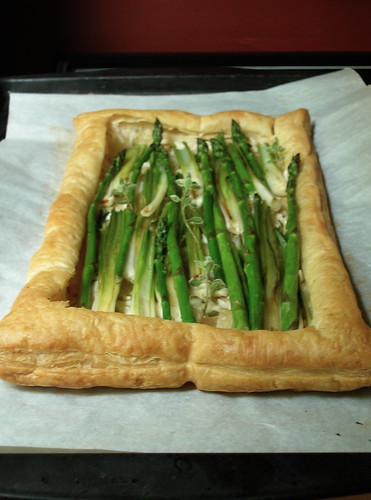

Asparagus and Spring Onion Tart
Puff pastry makes a quick and easy base for this tart, I recommend you look for Dufour brand in the frozen section of the grocery (it's made with all butter, as opposed to shortening). This tart is meant to show off those skinny first shoots of spring, you could add ramps, green garlic, sorrel, or other sweet onions.
1 sheet puff pastry, thawed if frozen
2 bunches baby leeks, spring onions, or very fresh scallions
1 bunch skinny asparagus
1/2 cup grated Gruyere cheese
a few sprigs of fresh thyme
1. Roll out and trim the puff pastry to a 12 by 8 inch rectangle. Place on a greased baking sheet and place in the fridge to chill.
2. Preheat the oven to 375 F. Trim away the tops and tough outer leaves from the onions/leeks. Take one bunch of the onions and carefully slice them in half lengthwise. Take the remaining bunch of onions and chop the bottom white parts finely. Melt one tablespoon of butter or oil in a skillet. Add all of the onions and cook over medium heat, being careful not to push the onion halves around too much, or they may come apart. Cook gently for about 10 minutes, until well-softened, then set aside.
3. In the same pan, add 1 to 2 inches of water and bring to a boil. Add the asparagus and boil until just tender, about 5 minutes. Drain, rinse under cold water, and set aside.
4. Take the chilled puff pastry from the fridge and use a knife to trace a rectangle marking a one-inch border. Score the interior area in a light cross-hatch pattern. Place in the oven and bake for 10-15 minutes, until golden.
5. Remove the pastry and use the back of a spatula to press down on the center of the pastry. Sprinkle the cheese over top and the chopped onions. Arrange the onion halves decoratively over the tart, return to the oven and bake for 10 minutes. Scatter the asparagus and thyme over the top and bake for a final 3-5 more minutes.
___

